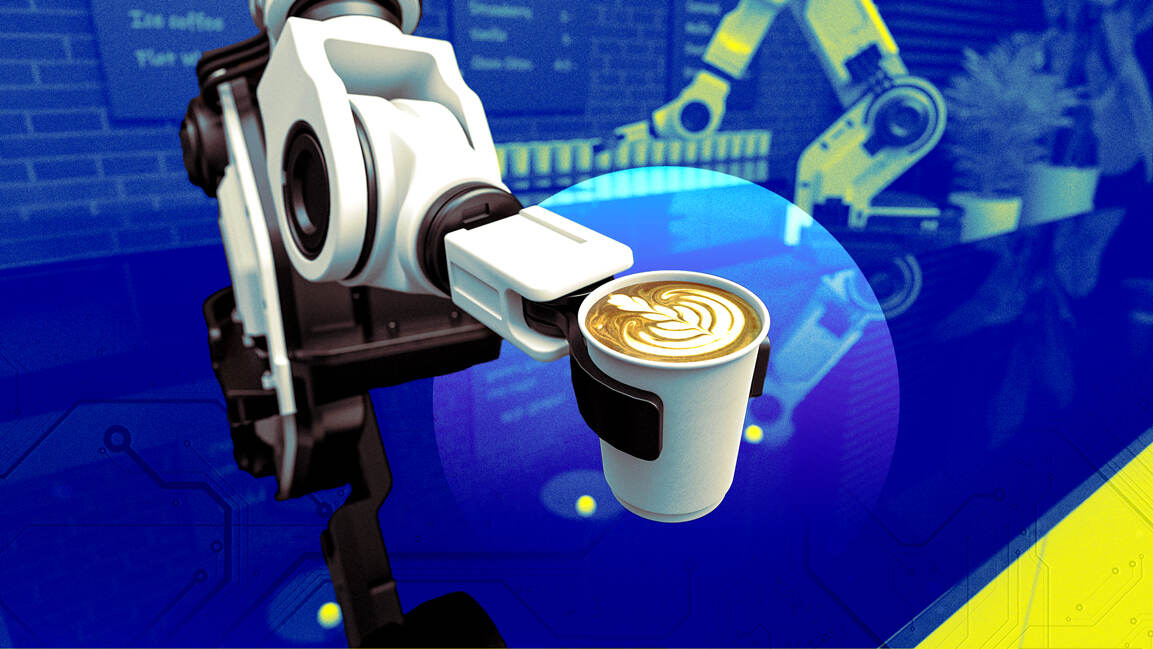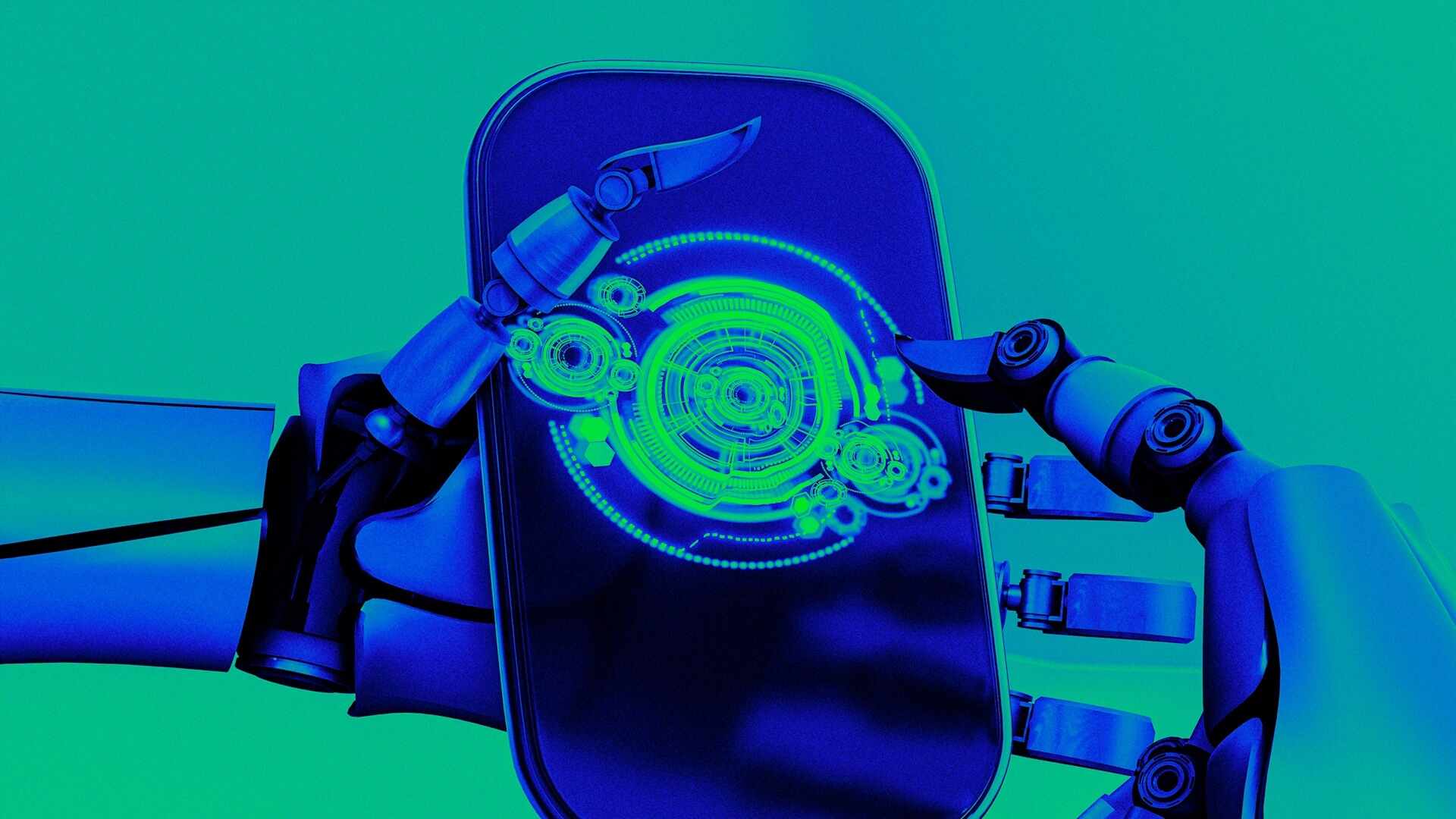- | 9:00 am
Technology is transforming the Middle East’s restaurant industry. But originality will still be crucial
Expert says technology is now the backbone driving innovation

The dining experience is transforming in the Middle East, driven by technology and shifting consumer expectations. From the moment customers browse menus to the final payment, technology streamlines operations, enhances customer satisfaction, and drives innovation.
A recent Escoffier study found that millennials and Gen Z drive demand for tech-enabled features, with 53% and 50%, respectively, favoring innovations like digital ordering and automated service.
Among the technological advancements making waves in restaurants, some elements stand out for their impact. About 65% of diners at full-service restaurants prefer using tablets to pay their bills, citing speed and convenience. Younger diners are especially drawn to pre-ordering options, with 70% of Gen Z and 84% of millennials likely to use apps to reserve and order ahead. While still niche, 37% of consumers, led by millennials at 58%, are open to trying robot-delivered food.
Finally, 64% of consumers report tipping at least 10% more when paying digitally than cash. Ease of use and subtle social pressure, such as on-screen tipping prompts, have made gratuities more generous.
LEVERAGE DATA ANALYTICS
In addition to the above technologies, restaurants leverage data analytics to track key performance indicators, identify areas for improvement, and
make data-driven decisions.
“Technology is no longer just a supporting player in the restaurant industry; it’s now the backbone driving innovation, efficiency, and growth. Various technologies in the F&B industry can enhance convenience, streamline operations, and reduce waiting times,” says Chef James Knight-Pacheko, Group Executive Chef of Seen Holding.
Restaurants use AI-powered tools to analyze data from reservations, online orders, and past visits. This technology helps tailor recommendations, special offers, and even menu options for individual diners.
“For example, a diner regularly ordering gluten-free meals might receive tailored promotions or menu suggestions based on their preferences,” says Knight-Pacheko.
He believes these aren’t the limits of what AI technology in the industry is capable of: “AI-driven inventory management systems are helping restaurants minimize food waste and optimize costs. These systems predict supply needs based on historical data, trends, and real-time demand, ensuring restaurants only stock what’s necessary.”
From creating hyper-personalized experiences to improving sustainability and operational efficiency, integrating technology is no longer optional—it’s necessary to stay competitive in 2025 and beyond,” adds Knight-Pacheko.
DEEPER TRANSFORMATION
Warning of a “survive and adapt” mentality, Chris Oliver, co-founder of Breakfast Wine Club, Flight Club, and Graft Collab Store, says these shifts reflect a deeper transformation underway: the gradual death of the traditional restaurant model as dining becomes more specialized, personal, and experience-driven.
“Historically, mid-tier restaurants have thrived by offering a balance of quality, accessibility, and price. However, this middle market is now under immense pressure. Consumers can access more food options, from high-end experiences to quality-driven casual dining and superior delivery services.”
The result, Oliver says, is that the restaurant industry is becoming increasingly polarized. Casual dining is shifting to automation and delivery. Entry-level dining is no longer about sitting in a restaurant. The rise of self-service kiosks, ghost kitchens, and app-based ordering means people can enjoy convenient, affordable meals at home or on the go.
ORIGINALITY AND ARTISANAL QUALITY
Taking an additional macro-view of the F&B industry, Oliver believes change is necessary to survive. “The mid-tier restaurant must evolve or die. Surviving in this segment will require hyper-specialization.”
Restaurants that succeed will embrace originality, personal connections, and artisanal quality—think supper clubs and chef-driven concepts that offer a sense of exclusivity and informality. “High-end dining is no longer just about price—delivering an exceptional experience that justifies the investment,” he adds.
Talking about developing a venue’s portfolio, Oliver says top-tier restaurants are now expanding their reach by offering signature dishes on traditional delivery platforms, allowing consumers to enjoy high-end dining experiences at home. “Some have even launched home cooking kits, providing a curated experience that enables diners to recreate restaurant-quality meals in their own kitchens—an industry trend that has seen massive growth.”
However, sometimes chefs can implement older technologies and still see success. As Chef Shaw Lash, founder of Lila Molino and Lila Taqueria, says, “While we’re continually learning about our demographics and returning customers from SEO and advertising when it comes to cooking, we’ve actually returned to an ancient technology in the restaurant: nixtamalization.”
This chemical process dates back to Mesoamerican tribes 3,000 years ago. Essentially, the alkaline solution of the wood ash or calcium hydroxide softens the hull of the corn kernel, makes it easier to absorb, and helps against malnutrition and illness.
“We nixtamalize heirloom Mexican corn in-house to unlock flavor, nutrients, and tradition. Customers sincerely enjoy this ancient technology,” he adds.
As restaurants navigate the delicate balance between tradition and technology, one thing is clear: diners want convenience, transparency, and authenticity. By integrating tech solutions thoughtfully and embracing sustainable practices, restaurants can meet evolving consumer expectations while preserving the essence of the dining experience.
Early adopters of technology gain a competitive edge by offering innovative services and improving operational efficiency. By leveraging technology, restaurants can create a more efficient, personalized, and enjoyable dining experience for their customers.






































